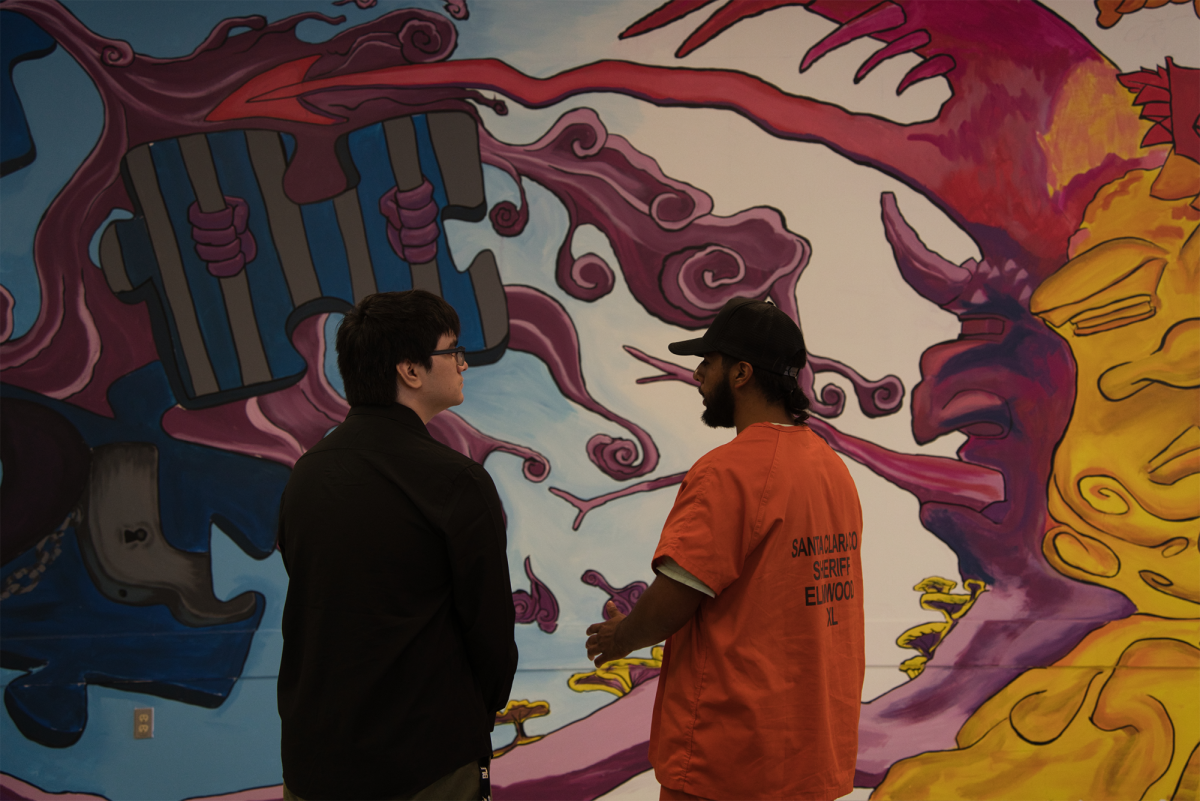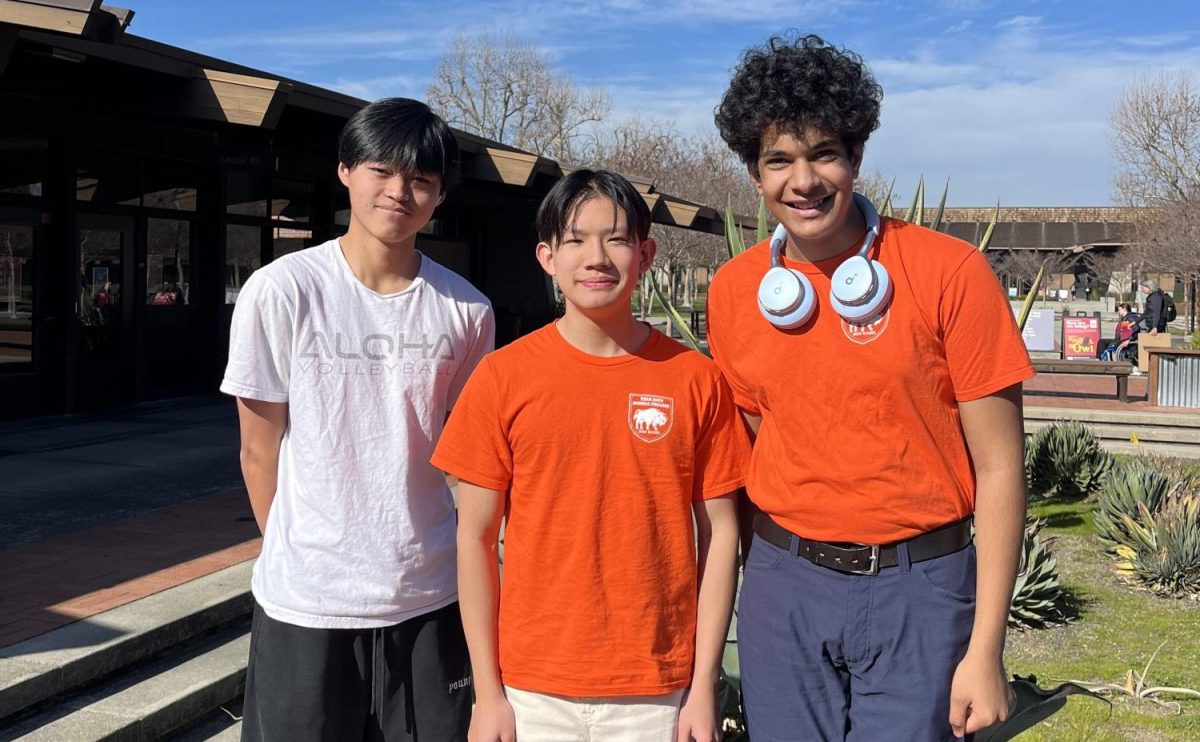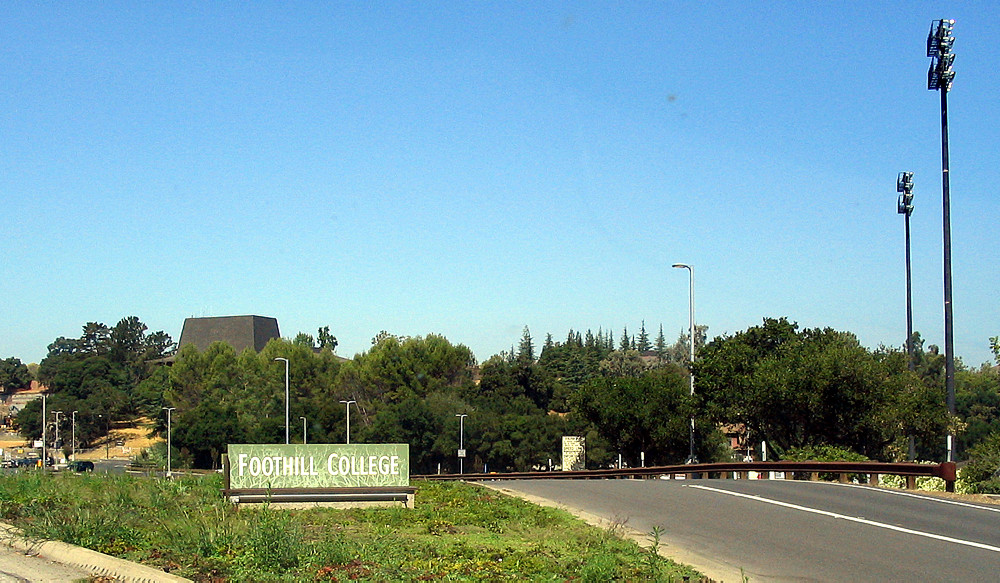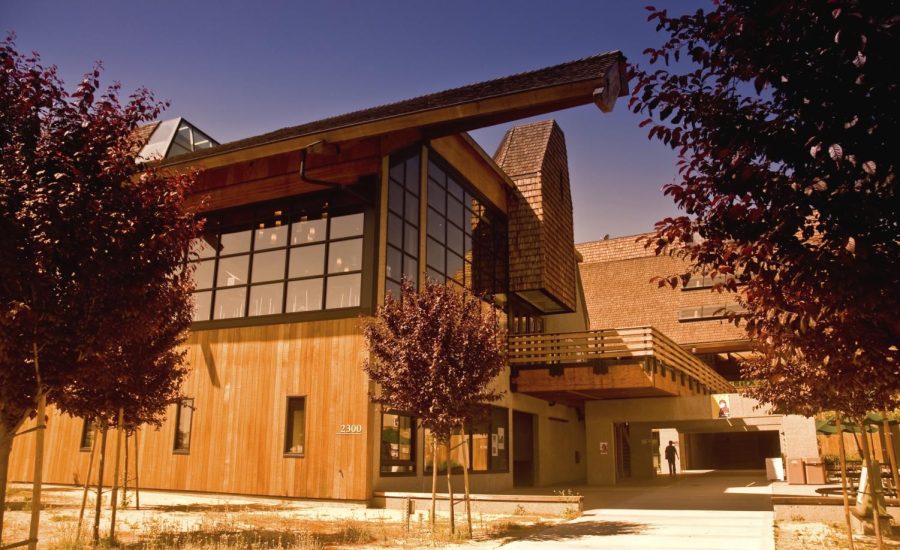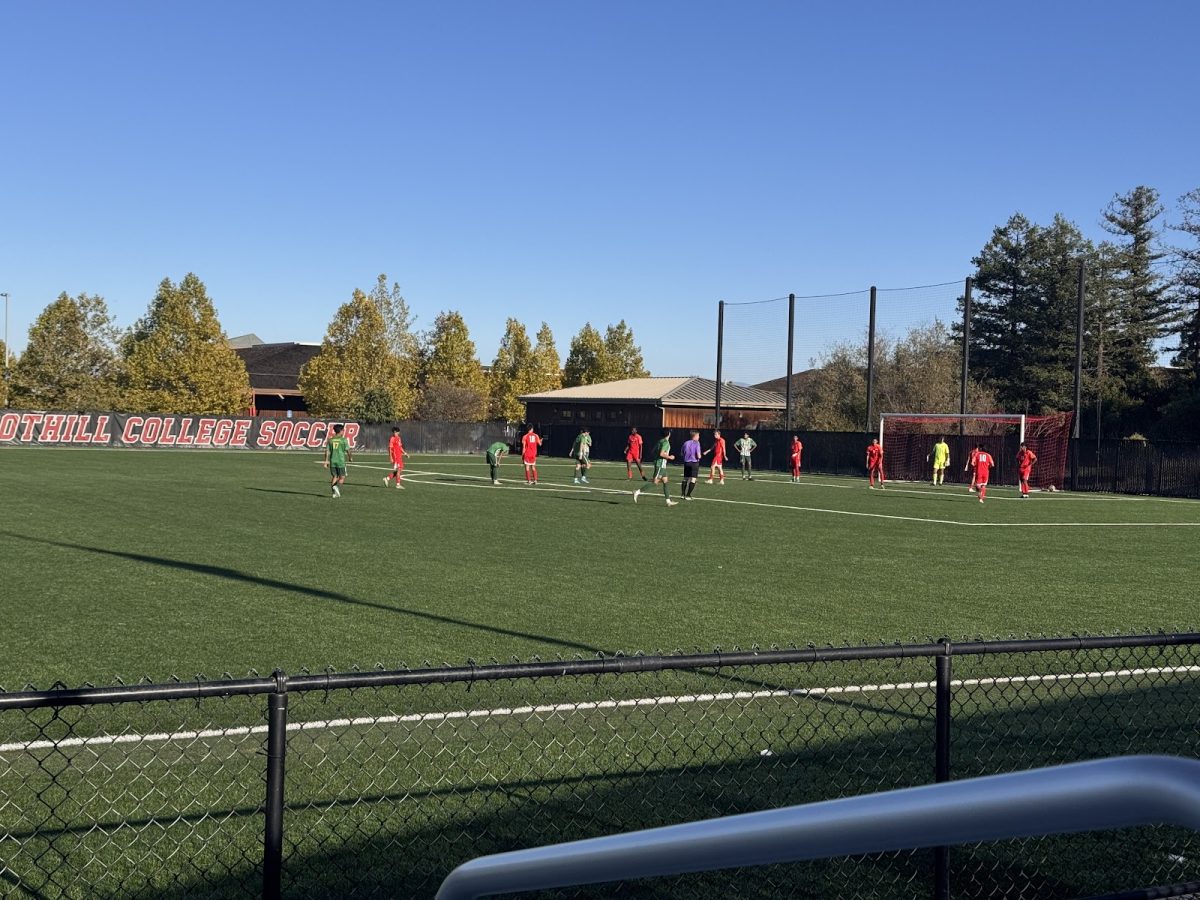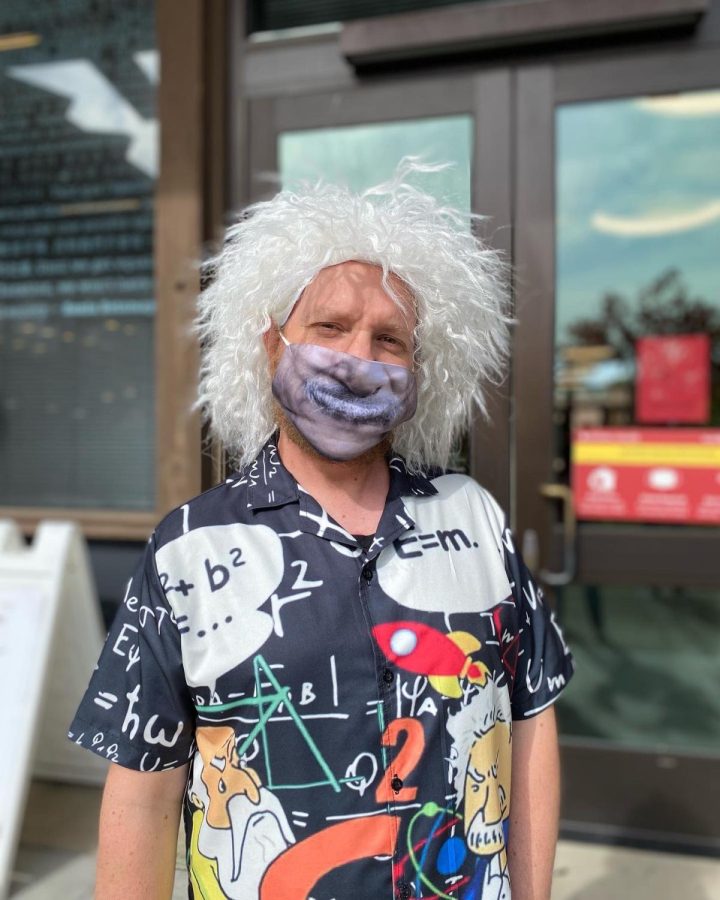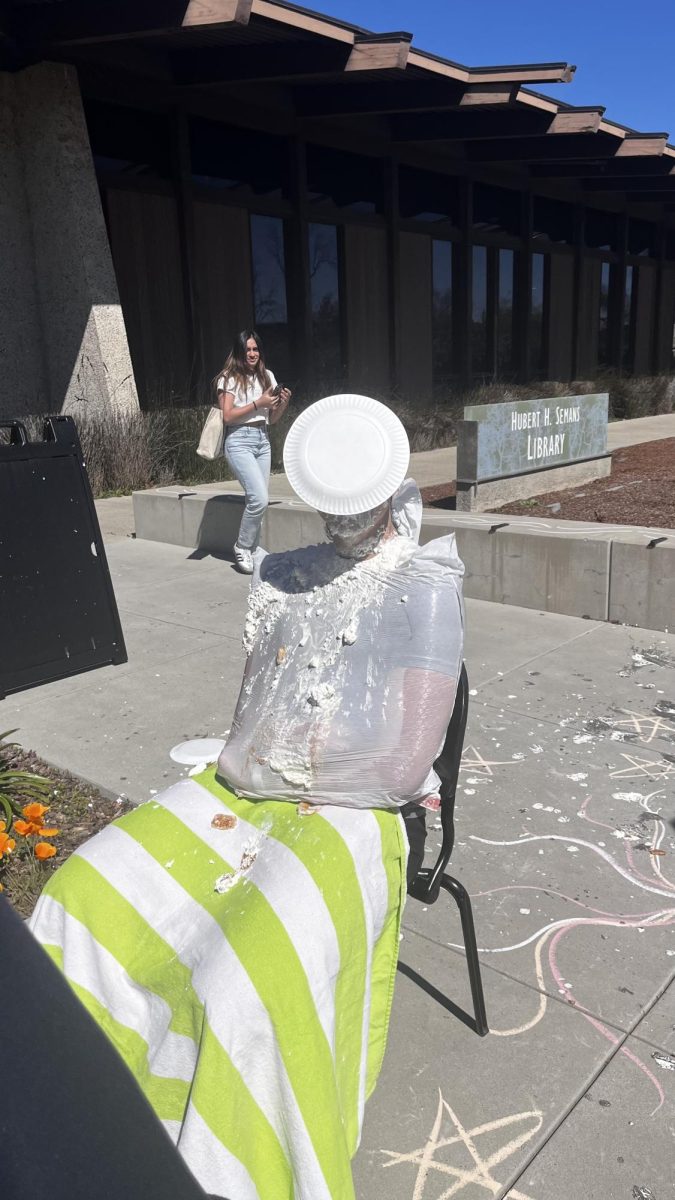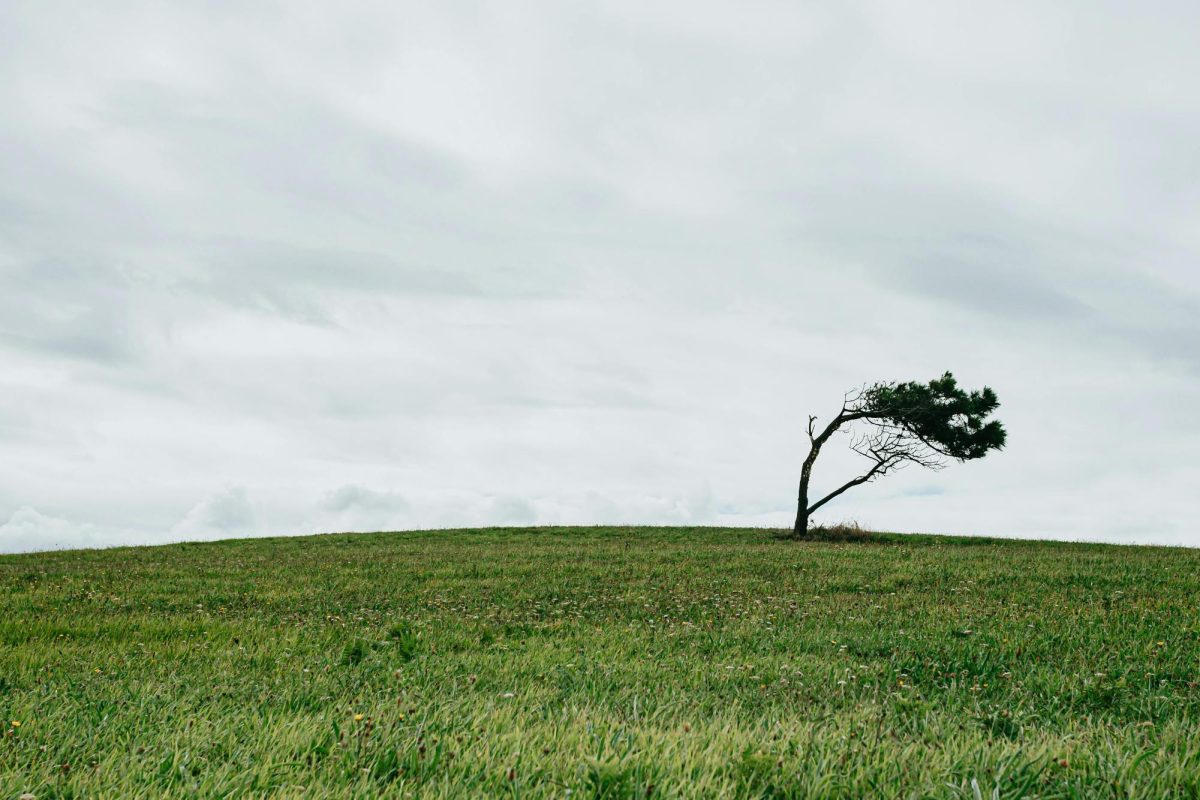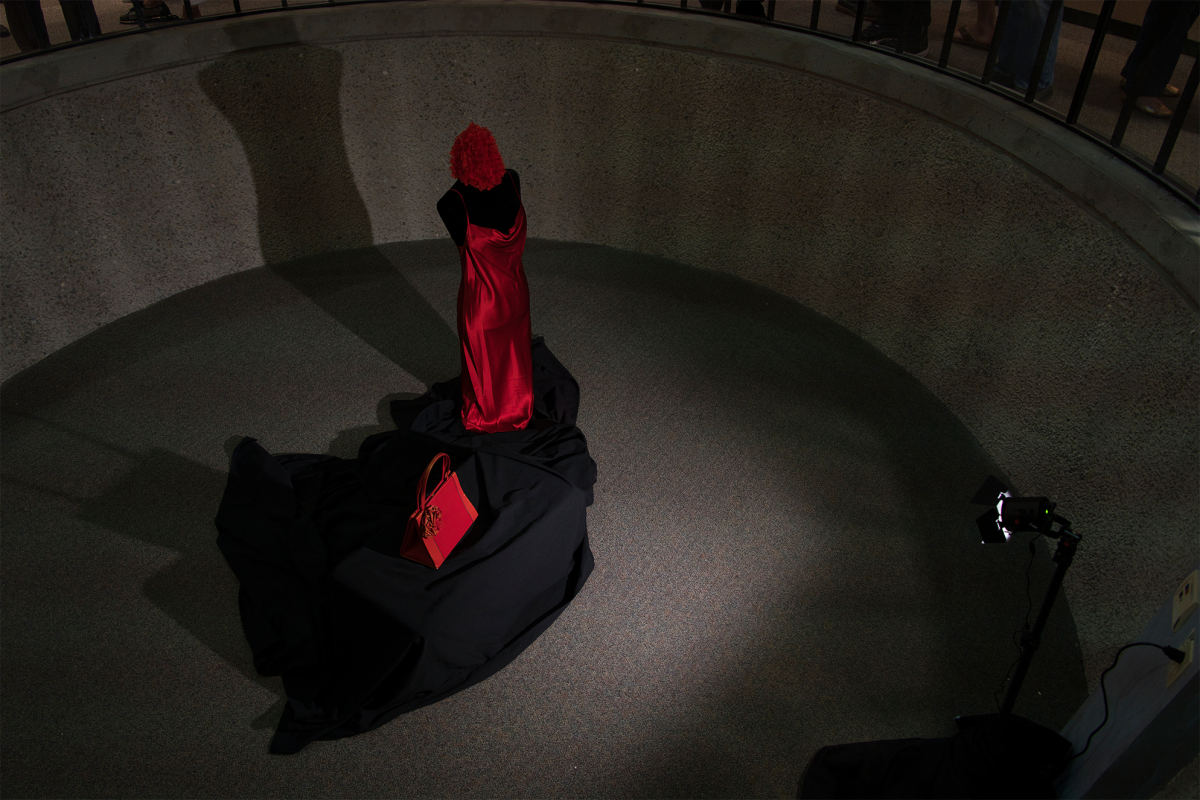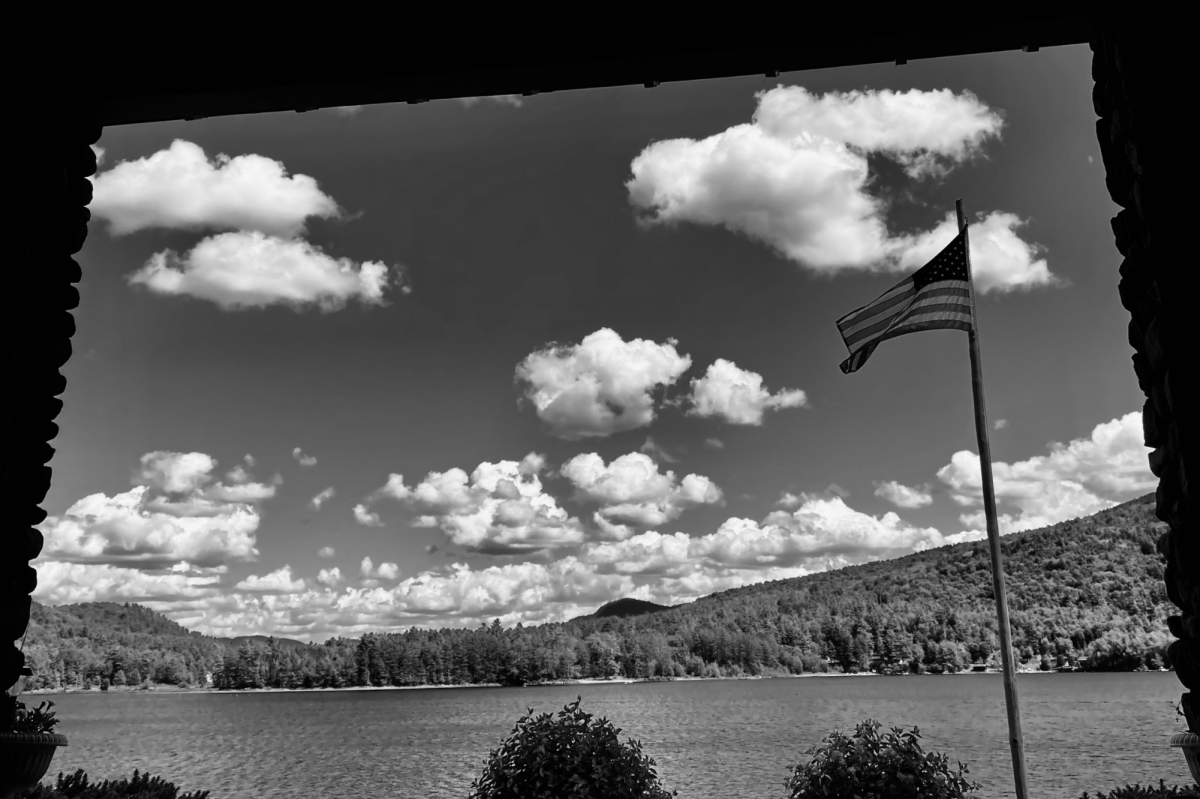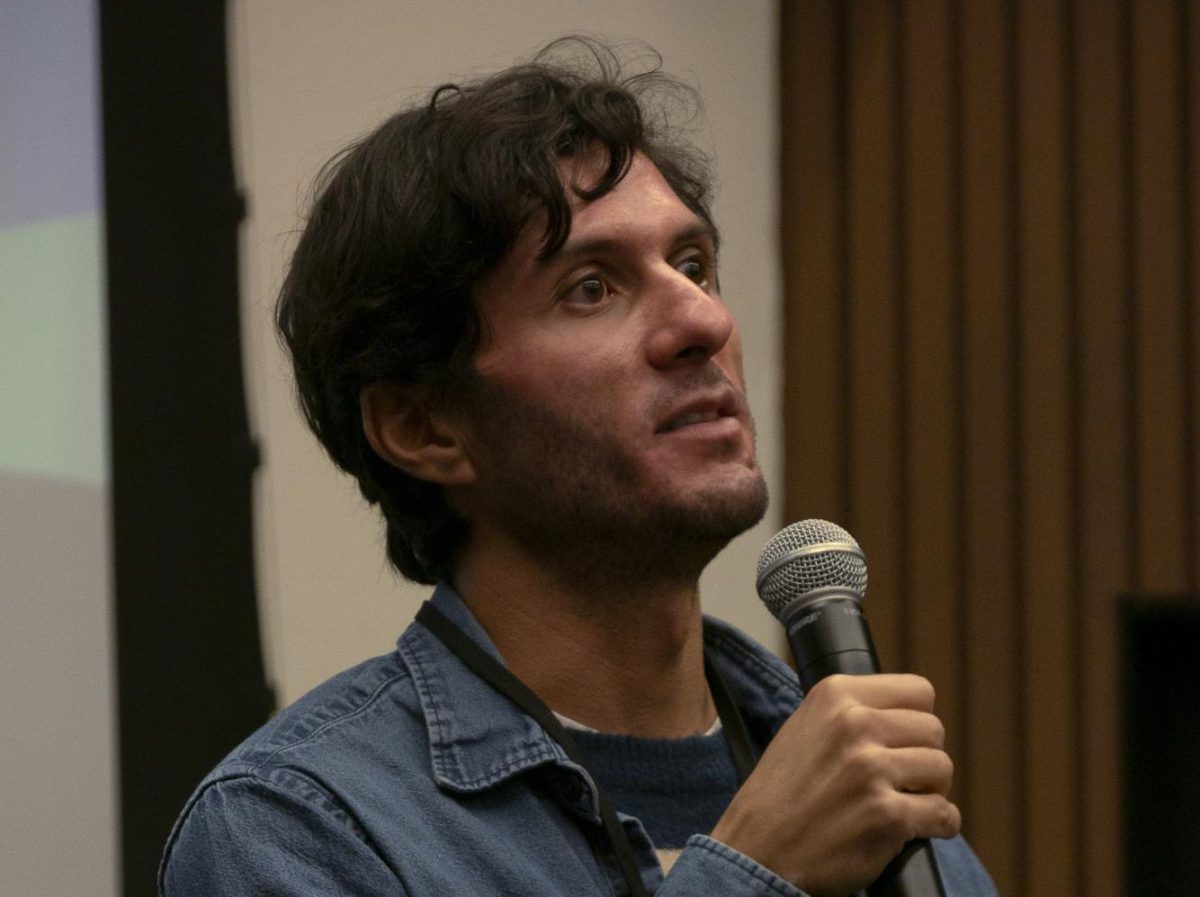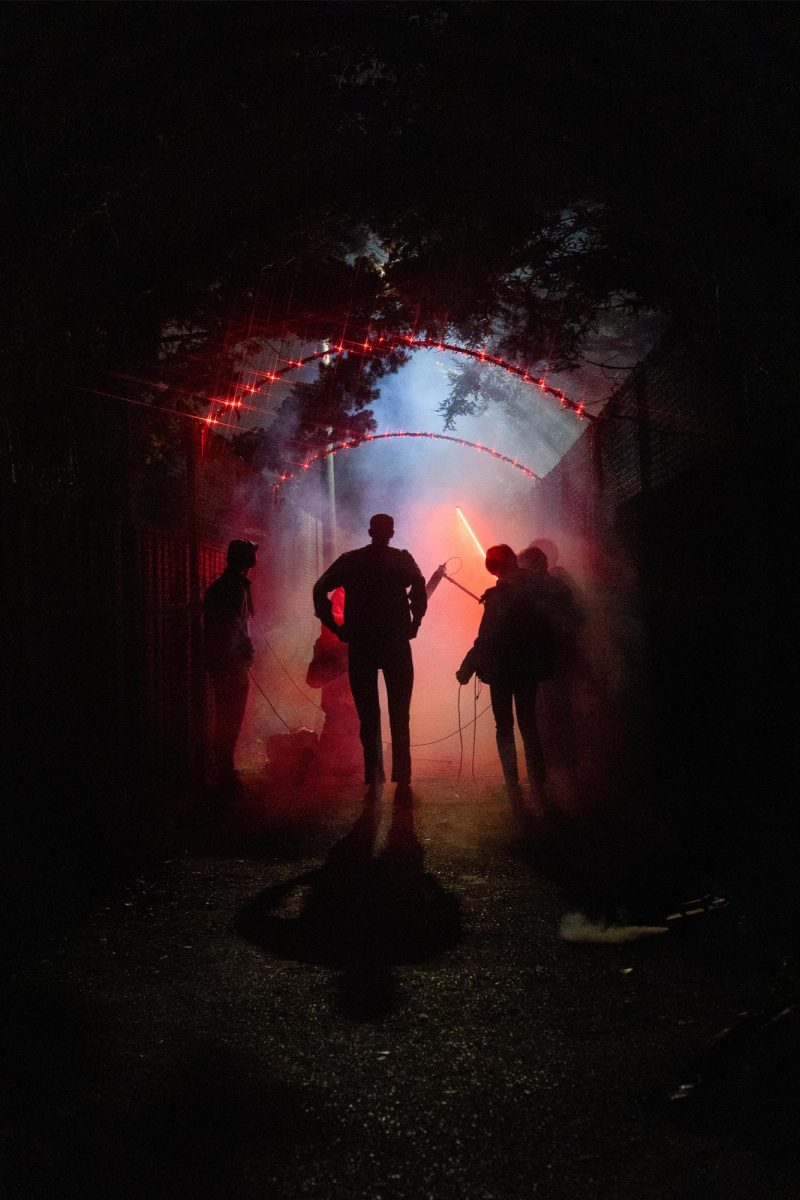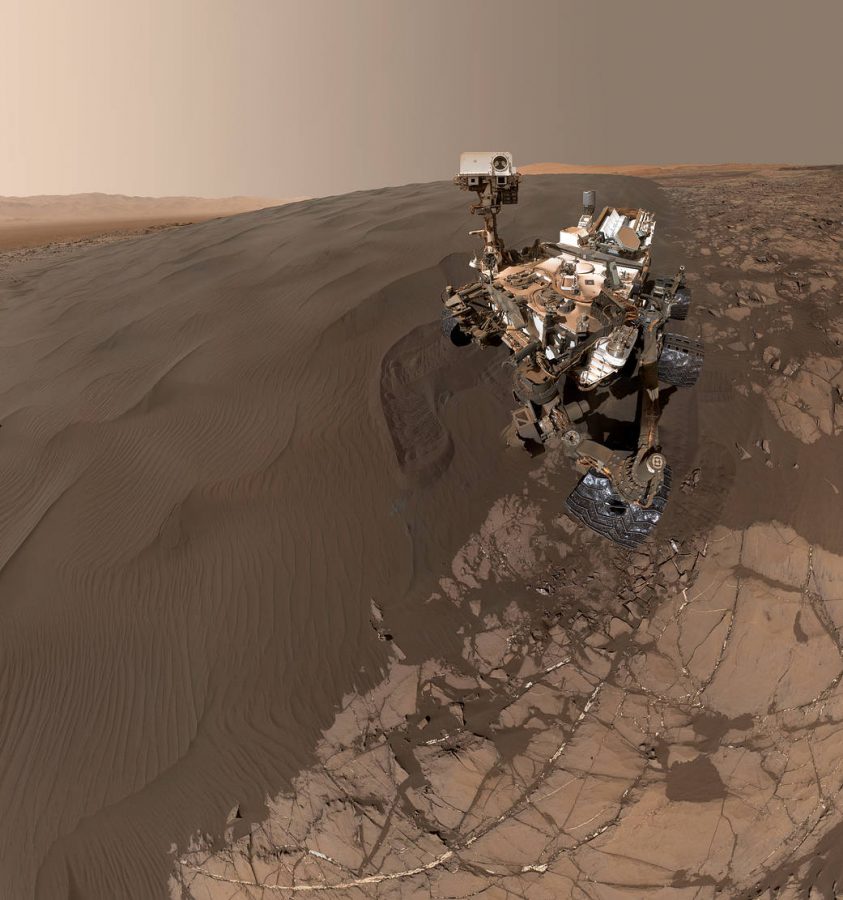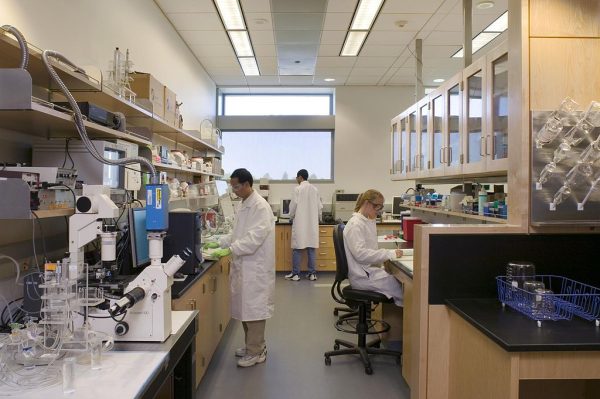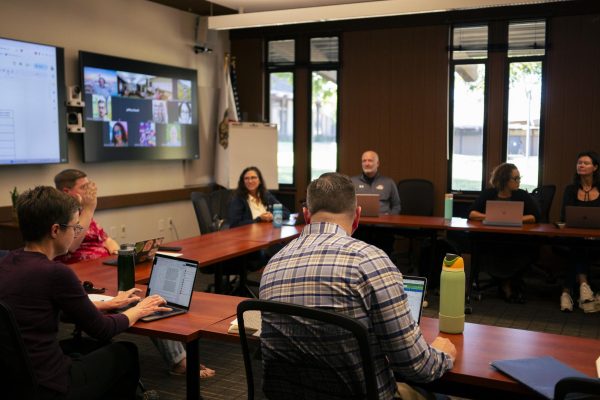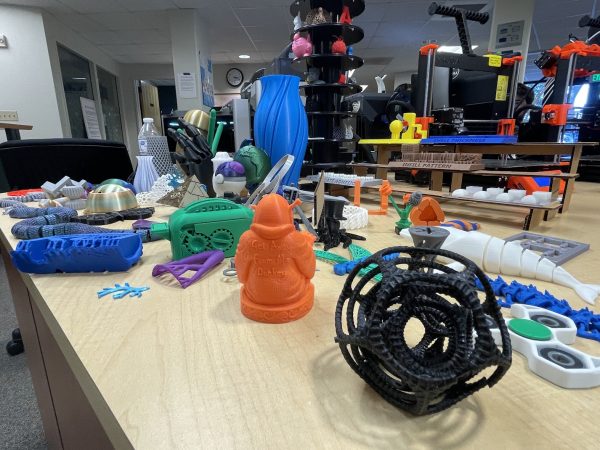When Mars Was Like Earth: NASA’s Dr. Ashwin Vasavada at Foothill College
As part of the 18th Annual Silicon Valley Astronomy Lectures series, Wednesday evening brought another speaker to the Smithwick Theater. Dr. Ashwin Vasavada, a planetary scientist working at the NASA Jet Propulsion Lab who worked directly on the Curiosity rover, gave an intriguing talk on the various ways the Red Planet was once like Earth, and how these similarities were discovered.
It was after much deliberation that scientists at NASA decided on a specific landing spot for the rover about one year before launch. Gale crater, the landing site of the Curiosity rover, is about 100 miles across, three miles deep, and has a small mountain in it — Mount Sharp.
Examining the surface of Mars revealed to scientists that Mars has what seems to be rivers and canals — many physical features are similar to river features here on Earth. Further, there are enormous remnants of river deltas which indicate that water once flowed across the surface. More information on these can be found here.
Mount Sharp in particular interested scientists, as there was evidence that water was involved in forming the mountain. Further, the mountain itself was three miles tall, indicating millions of years of sedimentary effects contributing to its formation. This would give the rover the opportunity to dig through numerous layers of dirt, and potentially find millions of different data points.
Giving insight into the mind of a scientist with this knowledge at their disposal, Vasavada explained some of the questions that were asked of the planet:
“Mars was once wet. Was it warm? Was it habitable? For how long?”
Unfortunately, he further continued, it is very difficult to detect life itself in three billion year old rocks. Instead, the Curiosity rover was sent out to search for habitability rather than life — a task which it began when it touched down in Gale crater on August 6th, 2012.
Vasavada explained that life as we understand it needs liquid water, as well as certain elements, such as carbon, to form. Life also needs some source of energy — whether chemical or solar. Finding all three of these things would not indicate life had been present, but would mean there was a possibility that life could have developed.
The rover was not just built to take observational data while searching for habitability, it also has complex laboratory components which could analyze samples taken onboard — most other rovers, such as Spirit and Opportunity, only had surface level observational tools. Curiosity, however, could drill into the rock and soil around it.
Vasavada went on to explain other features and sensors on the rover, and what they can be used for.
“One of the coolest things about the rover is this laser, so that if we can see anything living, we can kill it,” Vasavada joked.
In actuality, he explained, the laser vaporizes small pieces of rock from a distance. By examining the vapors emitted during this process, the rover can determine the composition of the vaporized rocks, further deciding if the rocks are worth closer examination and further testing.
Drilling into the surface of Mars near where the rover landed, in a place later named Yellowknife Bay, the rover revealed to scientists that while the surface of Mars is orange in color due to oxidation, just a few millimeters under the surface of the rock was undisturbed layers of gray colored rock.
This difference in coloration is significant, because it indicates that whatever processes have been taking place on Mars to affect the surface and turn it orange has not been affecting a deep layer of soil.
“What’s really cool is this is a great sign for later finding life,” Vasavada said, “It means that any evidence of life which may be trapped under the surface should still be preserved.”
While heading towards Mount Sharp, the rover discovered slabs of sandstone which were all angled towards the mountain. Further, the slabs were made of sand grains which were too large to have been blown around by wind, indicating they were carried by a river flow of some kind.
Upon arriving at Mount Sharp, the rover observed that it was built of rocks which were formed by millions of years of sedentary deposit.
Scientists aren’t sure how Mount Sharp formed, but they hypothesize that wind and water brought sediment into Gale Crater.
Later, after a buildup of sediment had hardened, there was likely some sort of climate shift which caused water and wind to dig out some sections of the crater, creating the mountain out of the more durable sections of sediment.
Ultimately, Vasavada provided some compelling arguments that Mars once had flowing water on its surface, and that perhaps the Red Planet was once not too different from our own.
Victor Omwando, a Los Altos Local, praised Dr. Vasavada’s ability to articulate such a data heavy subject.
“I think [the talk] was really good. I really liked how accessible it was. He didn’t go too much into the technical aspects but he did a really good job to get you to the start of the rabbit hole.”
Although it was his first, Omwando said he would certainly be back. Kyle Mauzer, another local resident, corroborated the sentiment.
“I thought it was really interesting. I found out a lot of new stuff on the rover, I didn’t know that much. It was very informative.”
Those who missed the lecture or are interested in watching previous lectures can find them uploaded here, at the SVAstronomy Lectures youtube channel. The next lecture offered will be on Wednesday, April 18th, and is titled Hazards and Rewards of Near-Earth Asteroids.









